In a couple of weeks the Indian electorate will participate in what is sure to be the biggest exercise in universal franchise in world history: More than 800 million eligible voters can cast their vote – or vote their caste – in one of India’s nearly 1 million polling stations. And food is set to play a crucial role. In June last year the Indian Parliament passed the ambitious National Food Security bill. The bill proposed to provide a kilo of rice at three rupees (six US cents); wheat at two rupees and millet at one rupee. The measure would apply to 75 percent of Indians living in rural areas and 50 percent of the urban population – 800 million people in all. The expensive scheme would see the country’s annual food subsidy bill double to more than 1.3 trillion rupees (USD 24 billion). Yet the popular reception of this scheme – ostensibly one of the world’s largest welfare schemes ever – was marked by considerable cynicism; to many, it was seen as an ‘election gimmick’ – an indicator that elections were coming soon, and that the incumbent government was making a last ditch effort to woo otherwise disgruntled voters by appealing to their bellies and pockets. Evidently, food is not just a metaphor we live by; it is factor we vote by. At least that is what India’s policy makers desperate for reelection hope.
Take the onion, that most humble and yet inescapable vegetable. The onion is one of the most prevalent ingredients in the Indian cuisine and so even a moderate increase in the price of onions is likely to put a dent in the food budgets of poorer families. Last autumn prices soared to upwards of 80 rupees per kilo in South India due to a bad crop, and the leading opposition party in India, the Bharatiya Janata Party, made good use of the price rice to lambast the incumbent government for mismanaging the nation. As Fabio Parasecoli has pointed out, it is a widespread opinion in India that a government that is not able to control crop prices, especially for the most modest and common foods, should not guide the nation. To many of India’s poorer voters, food prices is a much more acute and pressing concern than, say, the falling rupee, the current account deficit, or international relations.
Then there’s the vada pav, Mumbai’s popular street snack of potato patty in a bun. In 2009 the Shiv Sena, a xenophobic local political party promoting the identity and interests of the state’s ‘native’ Maharashtrians, launched a Shiv Vada Pav programme under which local Marathi people are provided kiosks and handcarts and a city license to sell street snacks. The scheme provides jobs to unemployed youths; elevates the vada pav snack to a powerful symbol of local pride and identity; and secures popular support for the Shiv Sena. And of course, a vada pav seller can promptly leave his kiosk and join a political rally or demonstration when called upon by the Sena.
In general, both party activists and voters have to be fed. Tamil Nadu politics requires constant rounds of rallies, and the accepted way to draw large crowds is – according to a recent report in The Economic Times – to hand out a packet of biryani, a quarter of alcohol and a cash sum. Lavish election feeding is thus the norm, and elections are sometimes spoken of simply as ‘the politics of liquor and chicken’. And there are clear hierarchies at play, with bottled English daru (liquor) always more appreciated than desi dari (domestic liquor).
The road to the voter’s heart and mind evidently cannot bypass the digestive system. But thankfully, Indian voters are shrewd and will happily accept both the food, the money and the drink and still vote whichever way they please come election day. Photo from Wikimedia Commons.

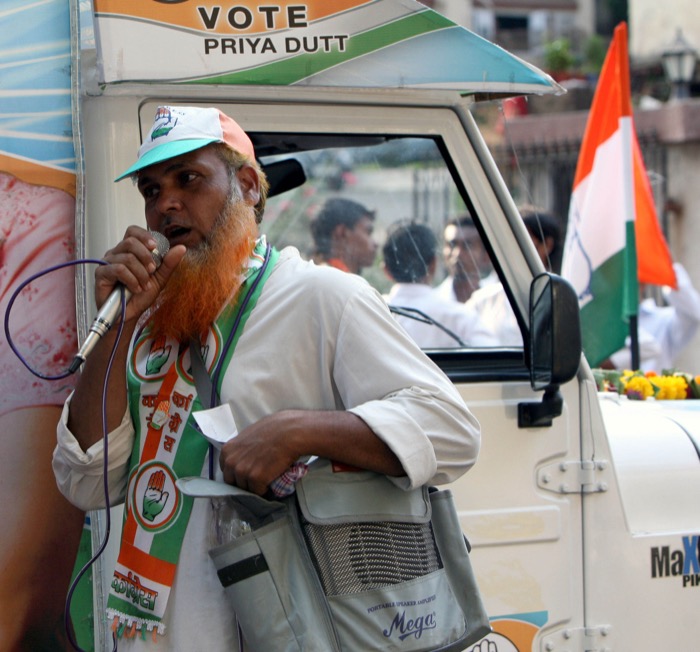
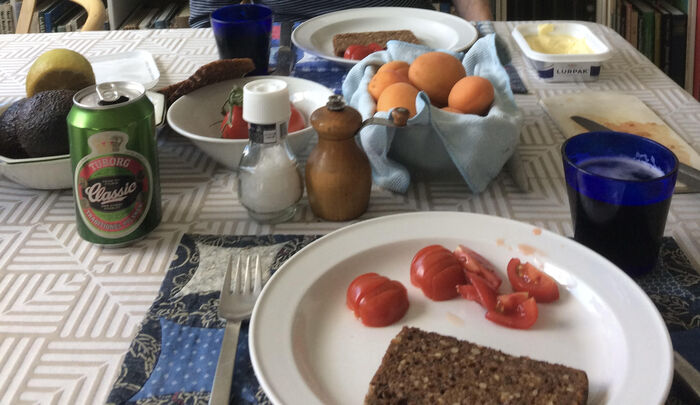
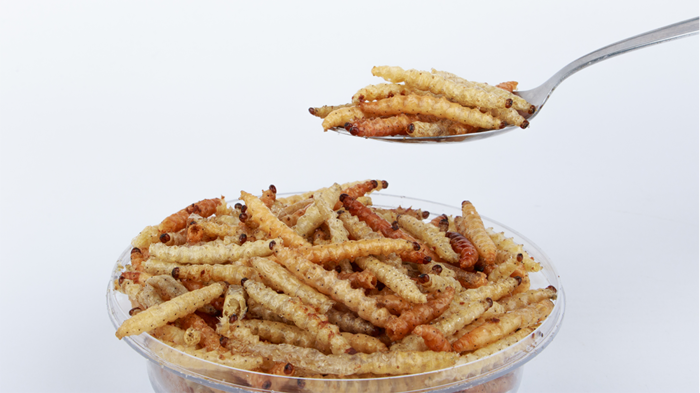
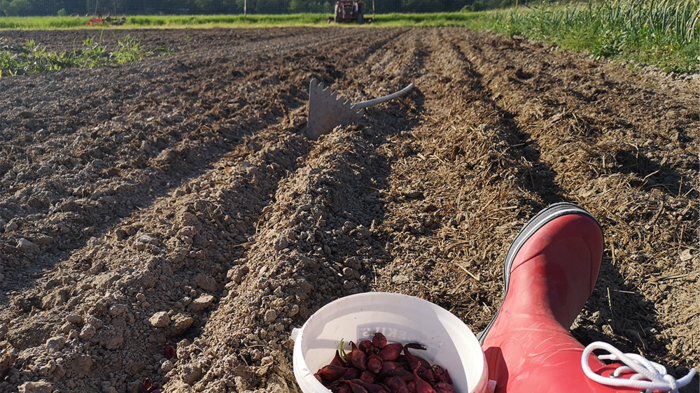
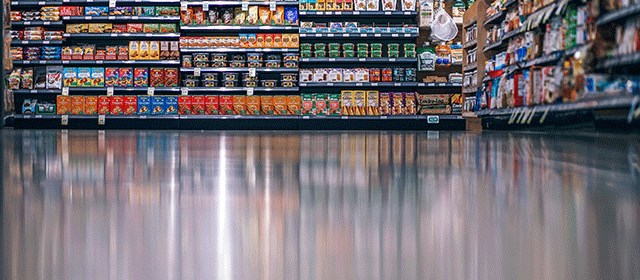
Logg inn for å kommentere
Ikke UiO- eller Feide-bruker?
Opprett en WebID-bruker for å kommentere